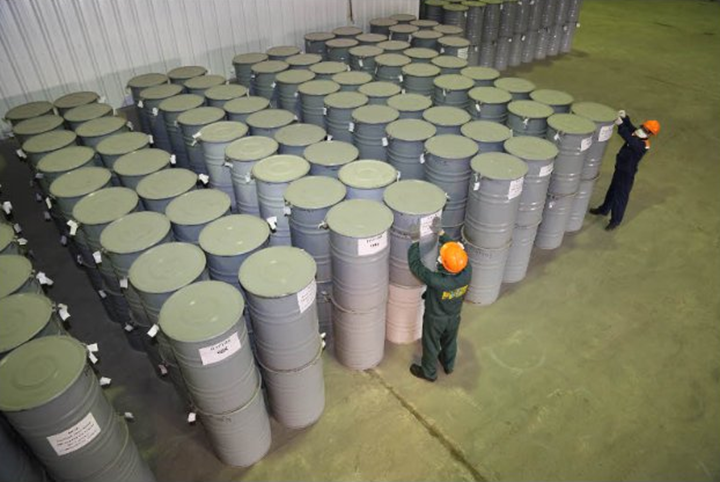If you’re looking to start uranium investing, it’s important that you know that spot uranium prices have taken a dive. In May 2017, TradeTech’s spot prices for uranium slumped by $2.00 to reach $19.50 per pound. It’s worthwhile noting that even though prices were inching higher throughout the month of May, before that, they went through a dormant period.
Following the moves made in May, TradeTech’s spot uranium price indicator fell 26% this year. This means that spot uranium prices are 4% above the 17-year low they decreased to in December of 2016.
Based on how the market was going in early 2017, investors were quite optimistic about the uranium sector. In fact, many believed that the low prices in December were a turning point and they made room for higher prices. As of right now, the demand growth expectations for uranium are supported by both current and future nuclear power plant builds. On the other hand, the supply-side of the equation has a number of cutbacks that are making their way through the uranium sector of the market.
Earlier in the year, after Kazakhstan, a top uranium producer, reported a major supply decrease, spot uranium prices jumped. But, in 2017, uranium spot prices are back to being at risk of unwinding these gains.
Even though the spot market is starting to unfold, things are looking up in the term market. For instance, TradeTech’s term price indicators have not changed, remaining at US$27.00 per pound and US$35.00 per pound. Based on reports by FNArena, there are a few utilities analyzing offers for delivery for periods out to the year 2029.
For anyone wanting to invest in uranium, it’s important that you look at company news as well. For instance, the Honeymoon uranium mine in South Australia might reopen in 2018. If this mine is given the go ahead, the Honeymoon uranium project will require a $10 million capital investment in order to restart. The project will also require a production of 0.88 million pounds of uranium oxide a year. According to Developer Boss Resources, they plan to restart stage 1 production at the start of 2018 and production will start about 12-months later. If all goes as planned, the project can then enter into stage 2, which is where the company can increase production, according to Mining Weekly. Who knows, if all goes well, you might be making a uranium investment through the Honeymoon project.
Featured Image: Twitter











